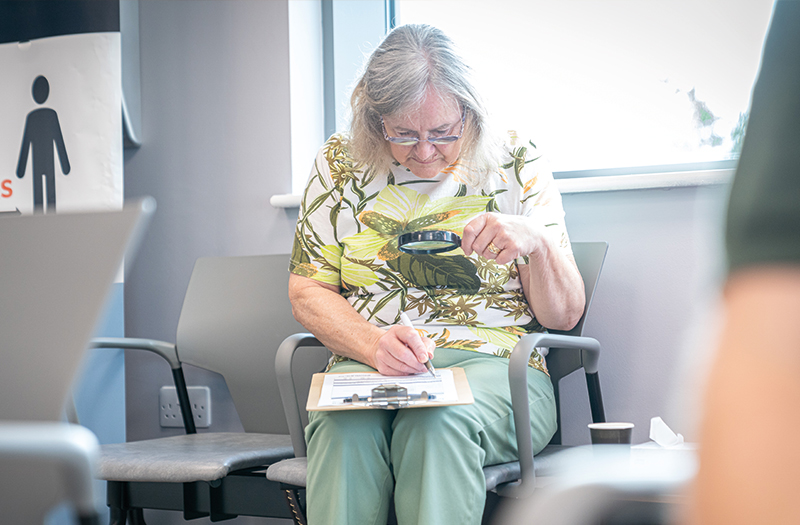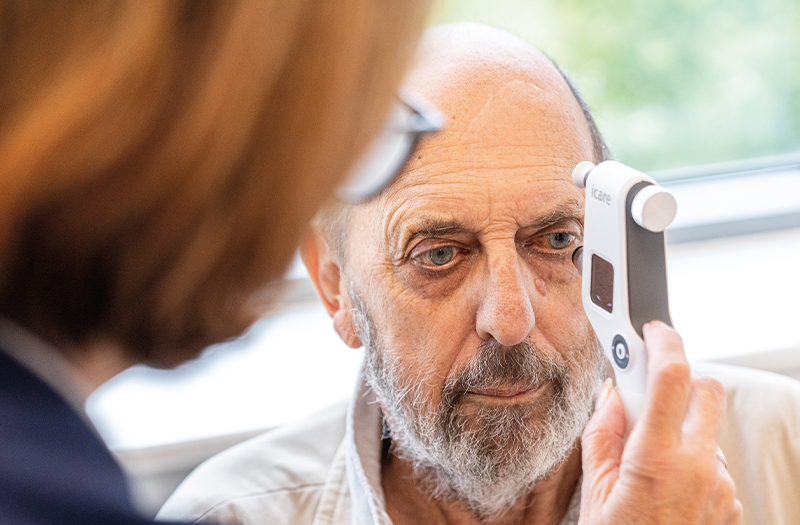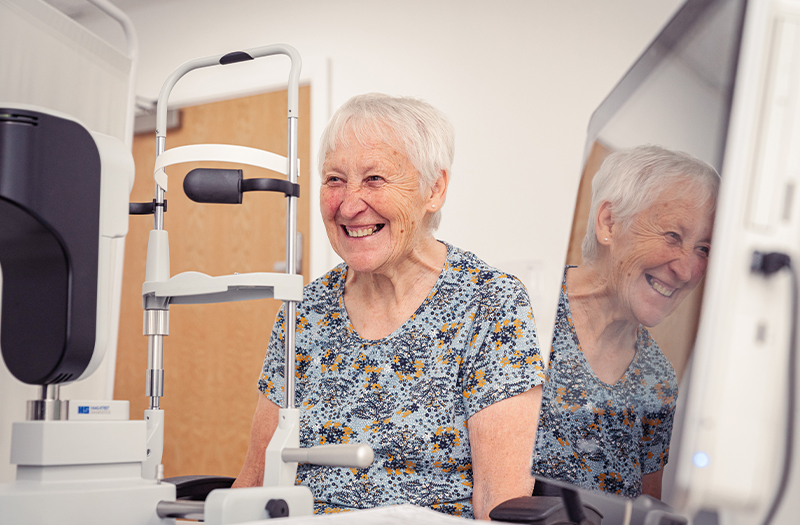AMD patients
If you’re experiencing any of the symptoms of AMD, please get your eyes checked by your local optician as soon as possible, as early intervention is vital when it comes to treating this condition.
Your optician will conduct a thorough sight test and eye examination to check the quality of your vision. If your optician suspects you have AMD, they will place you through a ‘rapid referral’ process to attend an AMD assessment clinic. You will receive a call or letter with an appointment within two weeks.
Your AMD assessment
If your optician suspects you have AMD, you will be referred to one of SpaMedica’s specialist AMD clinics for an initial assessment. We know this can be a worrying time, so rest assured, our specialist AMD team will be on hand to give you a warm welcome, guide you through the assessment process, and answer any questions you may have.
During your assessment, we’ll use some drops to dilate your eyes. This causes blurred vision and sensitivity to light, so you’ll need to arrange for someone to take you to and from your appointment as you won’t be able to drive.
If you wear contact lenses, these should not be worn for at least 48 hours before your appointment.
Our specialist team will check your vision and eye pressure, so please bring your glasses with you if you wear them. We’ll also take some magnified colour photos of the back of your eye. Sometimes, with your consent, we’ll inject a dye into your arm. This helps to highlight the blood vessels in your eyes and a specialist eye photographer will take photos of your eyes while the dye is present.
Don’t worry – one of our nurses will be there to support you every step of the way and explain exactly what’s happening.
The photos and results of your tests will be sent to a consultant ophthalmologist to review and, from there, we can establish whether you have AMD, and which type of AMD you have.
Step-by-step guide to your first appointment
Here’s a step-by-step guide to your initial assessment, so you know exactly what to expect:
- Vision test – The first test we’ll run through with you is a vision test, conducted by one of our friendly Healthcare Technicians (HCTs) – this is a bit different to the ones you have at the opticians, as we use different charts.
- Dilating pupils – The HCT will then place some eye drops in both eyes to dilate your pupils. This allows us to see the eyes more clearly. It usually takes about 20 to 30 minutes for your pupils to dilate and then we can examine your eyes. Dilating your pupils affects your vision and sensitivity to light for up to four hours, so you will not be able to drive yourself home after the appointment. You will be offered complimentary tea, coffee and biscuits while we wait for your pupils to dilate.
- Eye diagnostics – Once the pupils are dilated fully, we’ll call you through to the diagnostics room – where we take a magnified colour photo of your eyes and an imaging test that takes a cross-section image of your retina.
- Consent – The next stage of your assessment is to conduct a dye test to trace the blood vessels in your retina – this may be done on the same day, or we might arrange a separate appointment. We will talk you through the process, answer your questions and make sure you understand the next steps. We’ll check that you understand everything and ask you to sign a consent form, which lets us know you give your permission for the dye test to go ahead. Please let us know if you have a lasting power of attorney (LPA) or require support for giving consent.
- Dye test – The dye is injected into your arm by one of our nurses, where the dye travels to and highlights the blood vessels in your eyes. If there is any leakage, it will show up as fluorescent patches. A cannula needle will be placed in your arm, and you will be asked to position your chin on a rest, similar to the ones in the opticians. The dye will then be pushed through the cannula into your arm – you will usually experience a cold sensation in the arm as the dye is injected. A specialist eye photographer will take photos of your eyes while the dye is still present. One of our nurses will be with you throughout the process to talk through what’s happening and support you. The nurse will remove the cannula once the photos have been taken.
All done – that’s the end of your assessment. The photos and results of your tests will be sent to a consultant ophthalmologist to review.
Would you like a chaperone? It’s your choice. This can be a family member, friend or a trained member of staff. Please let us know upon arrival if you would like someone to accompany you for examination or consultation.
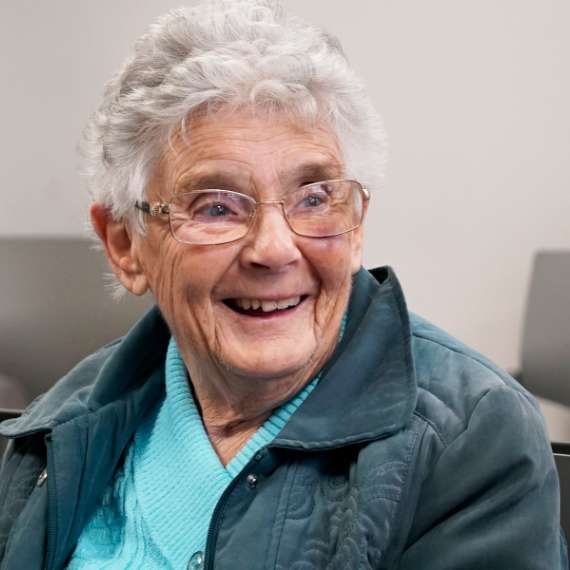
Diagnosis
The consultant ophthalmologist will receive the results and photos from your tests and review them carefully. They will provide a diagnosis and recommend any appropriate treatment.
You will receive a letter or call to let you know what the diagnosis is and, if AMD is confirmed, you will be informed of the next steps.
If your AMD can be treated, you will be booked into an AMD Clinic to begin your treatment course. The treatment course starts with attending a clinic and receiving treatment once a month for three months. You will then have an eye check and an individual treatment schedule put together – this varies for each person.
-
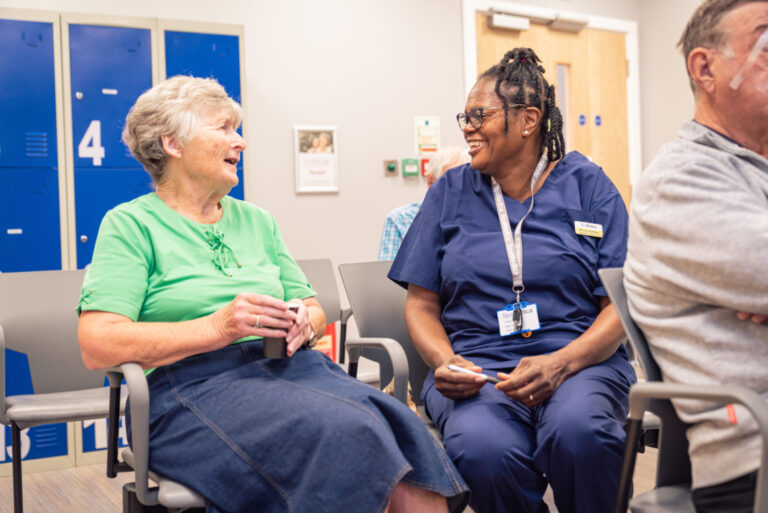
AMD Treatment
AMD treatment - which involves injecting a drug called anti-VEGF into the affected eye to slow down the growth of abnormal blood vessels - is usually delivered over the course of several months, but your treatment plan will be tailored specifically to you.
AMD Treatment -
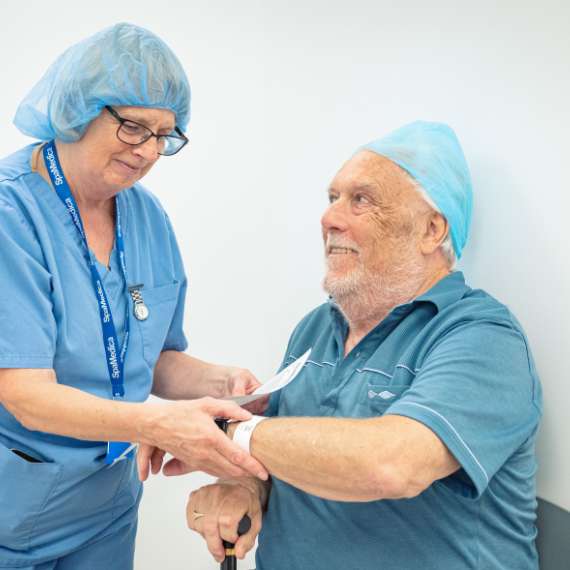
Living with AMD
AMD is a condition that can be managed, but unfortunately not cured, and it can be difficult to adjust to long-term changes in your vision. Fortunately, there’s lots of help available to help make your day-to-day life a little easier – from financial support, to assistive technology.
Additional Support -

ECLO Support Service
SpaMedica benefits from a team of dedicated Eye Care Liaison Officers (ECLOs), who provide practical and emotional support to people living with sight loss.
Contact an ECLO
